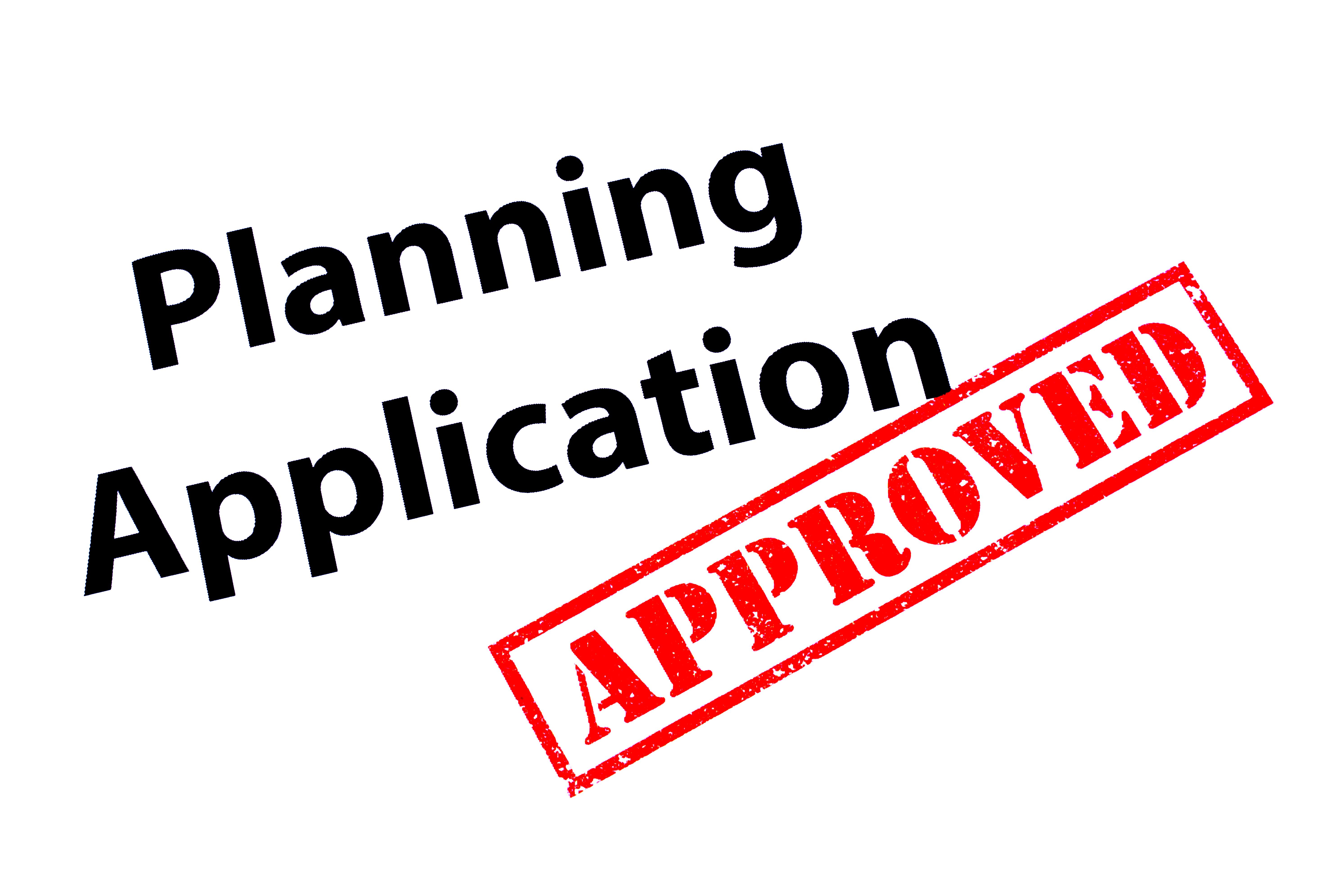There's a common misconception in the industry that a development application (DA) will give you an instant uplift in the value of a property. I'm here to tell you that in many, many instances, that simply isn’t the case.
I've even seen instances where obtaining a DA has actually been detrimental to the property’s price because it's given insights into a property that have highlighted some issues and challenges.
On the flip side, I’ve also seen instances where obtaining a DA has produced a very handsome profit, so it’s a valid development strategy. You can buy a site, put in a development application and then flick the property once it’s approved. Maybe you don't have the confidence or the money to take it all the way through to construction. Luckily, there are others who don't want the risk of the development approval stage. They want to buy a DA-approved site and take it through to construction and completion. Again, a perfectly valid strategy.
Knowing those two kinds of people actually exist, you've got to make sure that each person is going to get fed in the food chain, and still leave enough money on the table for the next person. So how much is that?
Well, that's the million-dollar question…
It makes sense to figure out if this development strategy will be profitable and the key is to work out the fundamentals right at the very start of the process.
If you’re dealing with a raw site the first thing you need to do is see if there is, in fact, any development potential. You’ll find this out when you complete your feasibility stage, which should include multiple exit strategies.
Because here’s the bad news: 90% of the sites out there that are developable are not profitable. And I see many, many people grab sites they think are going to be profitable only to find out – too late – that they're not. Then when they add the development uplift and try to flick it, they wonder why they don't make any money. So that's the first part of the equation: make sure you get your feasibility spreadsheet right.
 Identify all the issues and challenges, cost out all the problems that you need to solve and figure out what the finished product will actually sell for.
Identify all the issues and challenges, cost out all the problems that you need to solve and figure out what the finished product will actually sell for.
Another problem I often see is that people put the wrong DA on their site.
It’s important to understand when you're assessing a site that there may be three, four or five different options (or exit strategies) you could choose from, and it’s important to identify the site's preferred highest and best use.
If you haven't assessed your market right, if you haven't nailed the demographics and studied the supply and demand in the area, you’re at risk of getting a development approval that provides no uplift to the site’s value because there's just no demand for the finished product.
You might have spent anywhere between $30,000 and $200,000, depending on the complexity of your DA, and it's added absolutely zero to your bottom line. Equally you might have picked the right product, but chosen a poor design or a poor floorplan.
 So if your strategy is doing development approvals then flicking the deal on soon after for a profit, you can see it’s critical to do the homework right at the very beginning so you know what’s going to be attractive to the next guy.
So if your strategy is doing development approvals then flicking the deal on soon after for a profit, you can see it’s critical to do the homework right at the very beginning so you know what’s going to be attractive to the next guy.
The amount of uplift is really dependent on the demand for the product.
It is possible to make a tidy profit, but you have to be willing to do your homework and stick to your strategy.
Many people try to overcomplicate it, looking at too many different strategies in too many different places and they become ‘jack of all trades and master of none’. If instead you become a bit more focused, locking down a single strategy and a single council, you start to get to know your rules very, very well and you'll start to become an area expert.
Once you’ve put in the effort and become an area expert, that's when making money on DAs becomes very easy to do and it’s a gift that just keeps on giving.
Finally, if you want a profit target for your strategy, you might be interested in my method which looks at the time value of money. Basically it’s a case of annualising your profit forecast so that you can compare projects of different sizes.
Here’s an example. If a project is going to take two years and generate a 20% return, that equates to an annualised return of 10%. Compare that with a shorter-term project that takes 12 months and generates a 15% return. In this instance, your money's working harder. So it's a much better deal from a how-hard-is-your-money-actually-working perspective.
My minimum target is a 15% annualised return. So if I'm doing a simple strategy and I can turn a deal over in three months and make an 8% return, that turns into a 32% annualised return – a top result.
I've even seen instances where obtaining a DA has actually been detrimental to the property’s price because it's given insights into a property that have highlighted some issues and challenges.
On the flip side, I’ve also seen instances where obtaining a DA has produced a very handsome profit, so it’s a valid development strategy. You can buy a site, put in a development application and then flick the property once it’s approved. Maybe you don't have the confidence or the money to take it all the way through to construction. Luckily, there are others who don't want the risk of the development approval stage. They want to buy a DA-approved site and take it through to construction and completion. Again, a perfectly valid strategy.
Knowing those two kinds of people actually exist, you've got to make sure that each person is going to get fed in the food chain, and still leave enough money on the table for the next person. So how much is that?
Well, that's the million-dollar question…
It makes sense to figure out if this development strategy will be profitable and the key is to work out the fundamentals right at the very start of the process.
If you’re dealing with a raw site the first thing you need to do is see if there is, in fact, any development potential. You’ll find this out when you complete your feasibility stage, which should include multiple exit strategies.
Because here’s the bad news: 90% of the sites out there that are developable are not profitable. And I see many, many people grab sites they think are going to be profitable only to find out – too late – that they're not. Then when they add the development uplift and try to flick it, they wonder why they don't make any money. So that's the first part of the equation: make sure you get your feasibility spreadsheet right.
Another problem I often see is that people put the wrong DA on their site.
It’s important to understand when you're assessing a site that there may be three, four or five different options (or exit strategies) you could choose from, and it’s important to identify the site's preferred highest and best use.
If you haven't assessed your market right, if you haven't nailed the demographics and studied the supply and demand in the area, you’re at risk of getting a development approval that provides no uplift to the site’s value because there's just no demand for the finished product.
You might have spent anywhere between $30,000 and $200,000, depending on the complexity of your DA, and it's added absolutely zero to your bottom line. Equally you might have picked the right product, but chosen a poor design or a poor floorplan.
The amount of uplift is really dependent on the demand for the product.
It is possible to make a tidy profit, but you have to be willing to do your homework and stick to your strategy.
Many people try to overcomplicate it, looking at too many different strategies in too many different places and they become ‘jack of all trades and master of none’. If instead you become a bit more focused, locking down a single strategy and a single council, you start to get to know your rules very, very well and you'll start to become an area expert.
Once you’ve put in the effort and become an area expert, that's when making money on DAs becomes very easy to do and it’s a gift that just keeps on giving.
Finally, if you want a profit target for your strategy, you might be interested in my method which looks at the time value of money. Basically it’s a case of annualising your profit forecast so that you can compare projects of different sizes.
Here’s an example. If a project is going to take two years and generate a 20% return, that equates to an annualised return of 10%. Compare that with a shorter-term project that takes 12 months and generates a 15% return. In this instance, your money's working harder. So it's a much better deal from a how-hard-is-your-money-actually-working perspective.
My minimum target is a 15% annualised return. So if I'm doing a simple strategy and I can turn a deal over in three months and make an 8% return, that turns into a 32% annualised return – a top result.
